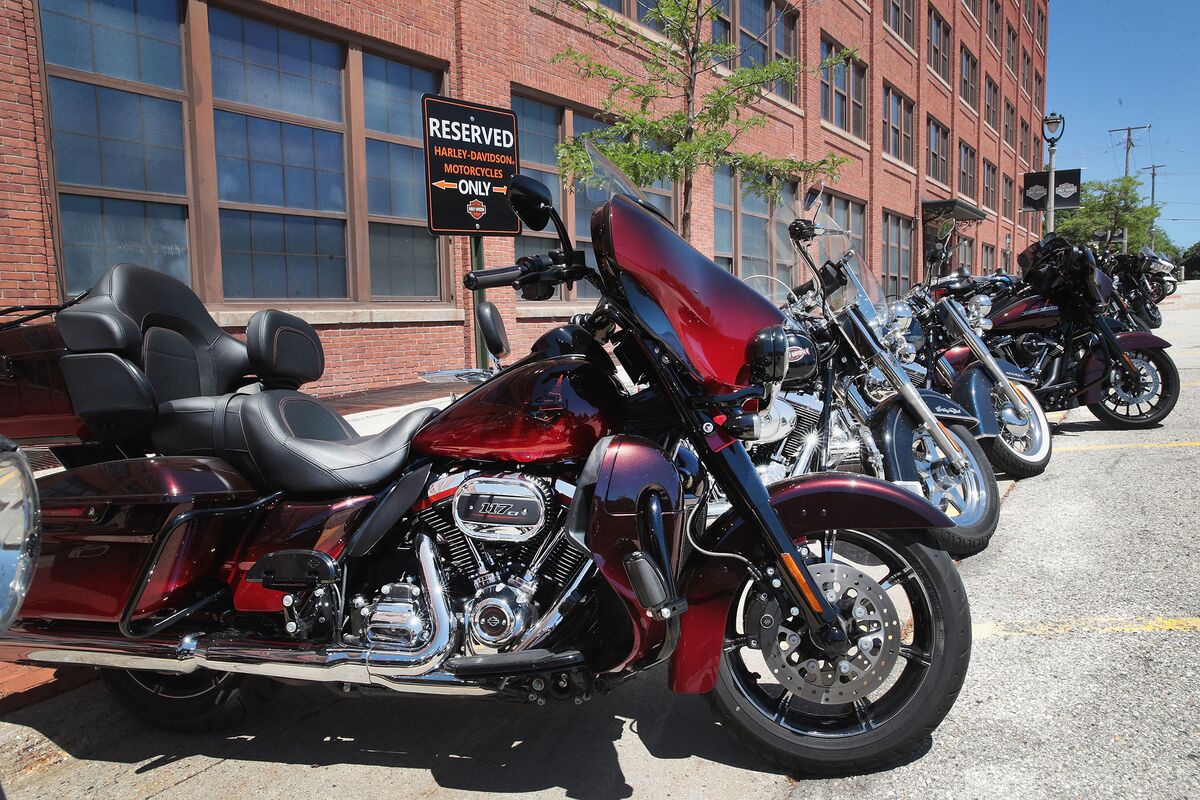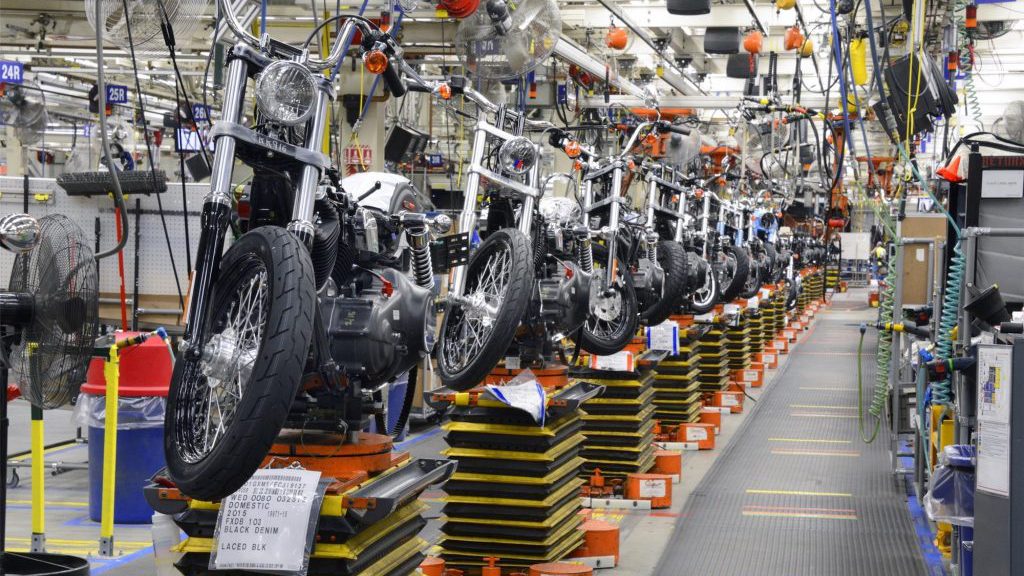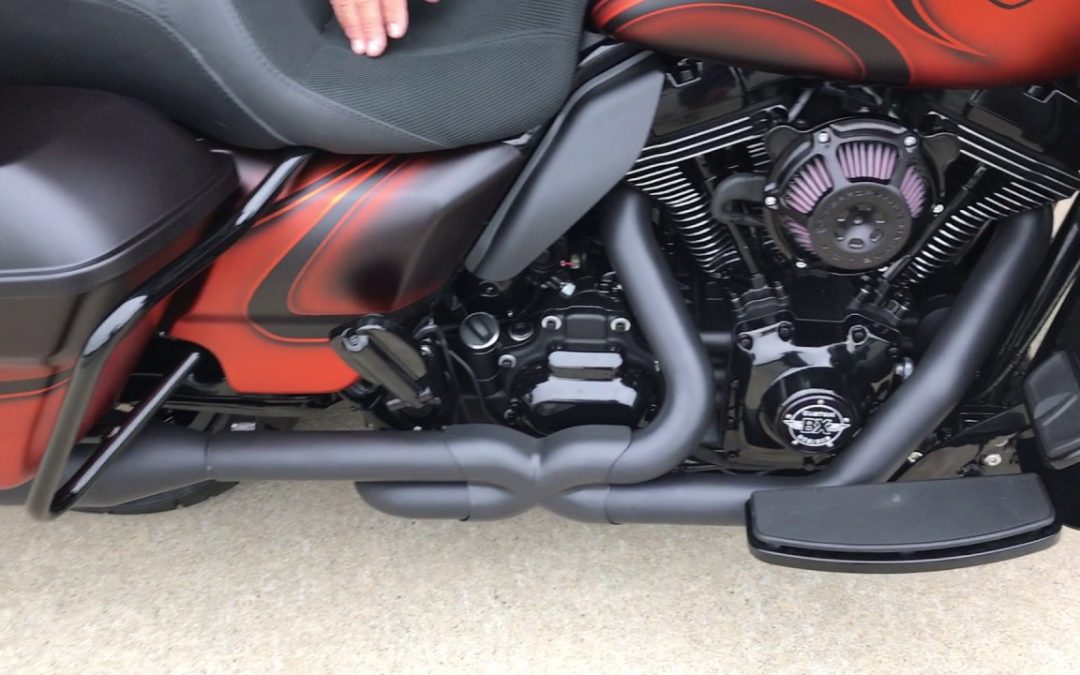Welcome to your definitive guide on how to design and apply automotive and motorcycle paint and graphics download. In this article, we will explore every aspect of this exciting and creative process. Whether you’re a professional or an enthusiast, you’ll find valuable insights to help you achieve terrific results.

Introduction to Automotive and Motorcycle Paint and Graphics
The world of automotive and motorcycle paint and graphics offers a tremendous canvas for creativity. Using high-quality materials and techniques not only enhances the aesthetic appeal but also provides protection against the elements.
Why Opt for Custom Paint and Graphics?
Choosing custom paint and graphics allows you to express your individuality and make your vehicle stand out. It’s an approved way to add personal flair and benefit from advanced technology in paints and finishes.
Essential Tools and Materials
Paint Types and Their Uses
Understanding the different types of paints available is crucial for achieving professional results. From urethane to lacquer, each type has its own unique properties.
Design Software
Modern design software enables you to visualize and perfect your graphics before applying them.
Preparation Steps
Surface Cleaning and Preparation
Begin by thoroughly cleaning the vehicle’s surface. Any dirt or grease can interfere with paint adhesion.
Sanding Techniques
Sanding helps to smooth out any imperfections and provide a better surface for the paint to adhere to.
Designing Your Graphics
Inspiration and Conceptualization
Look for inspiration in various places such as magazines, online galleries, and even nature.
Creating Mock-Ups
Use design software to create digital mock-ups of your graphics.
Applying the Paint
Priming the Surface
Apply a primer to ensure the paint adheres well and lasts longer.
Painting Techniques
Different techniques like airbrushing and hand painting can create unique effects.
Finishing Touches
Applying Clear Coat
A clear coat protects the paint and adds a glossy finish.
Polishing and Buffing
Polishing and buffing give the paint a smooth and shiny appearance.
Maintenance Tips
Regular Cleaning
Keep the paint looking fresh by regularly cleaning the vehicle.
Protective Measures
Use covers and park in shaded areas to protect the paint from the elements.
Common Mistakes to Avoid
Skipping Primer
Always use a primer for better paint adhesion.
Rushing the Process
Take your time to ensure each step is done correctly.
Conclusion
Designing and applying automotive and motorcycle paint and graphics is a rewarding endeavor. With the right tools, materials, and techniques, you can achieve professional-looking results.

FAQ
What is the best type of paint for motorcycles?
Urethane paint is often recommended for its durability and wide range of colors.
How long does the painting process take?
The time required can vary, but expect to spend several days to a week for a professional finish.
Can I paint my motorcycle at home?
Yes, with the right tools and preparation, you can achieve good results at home.
